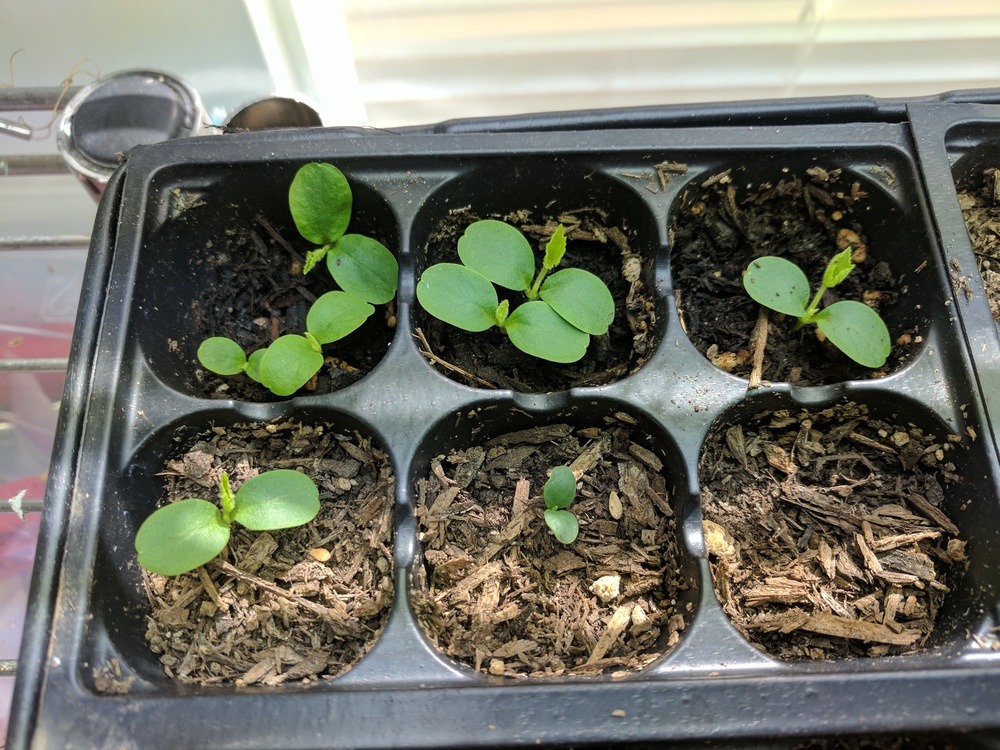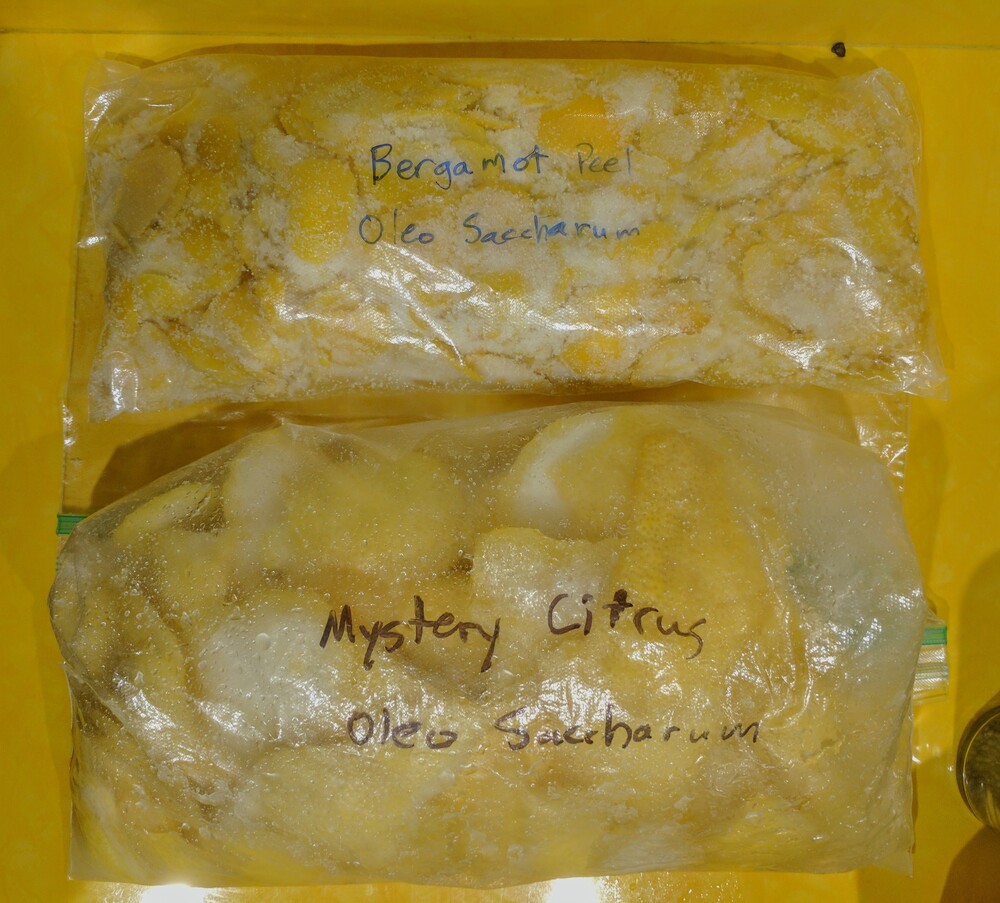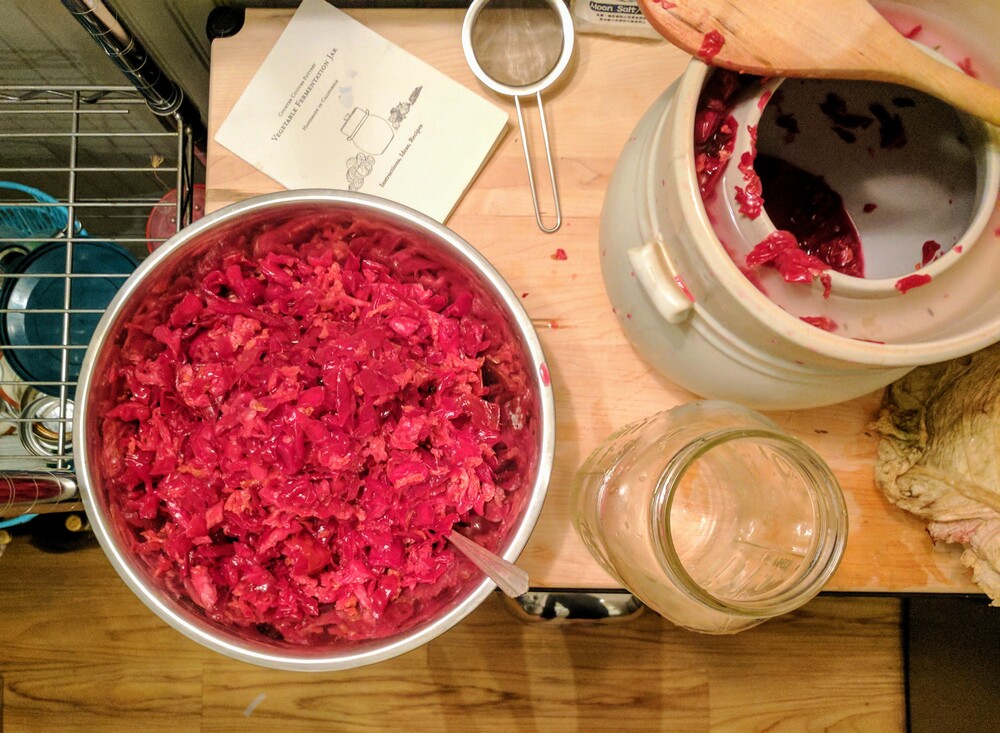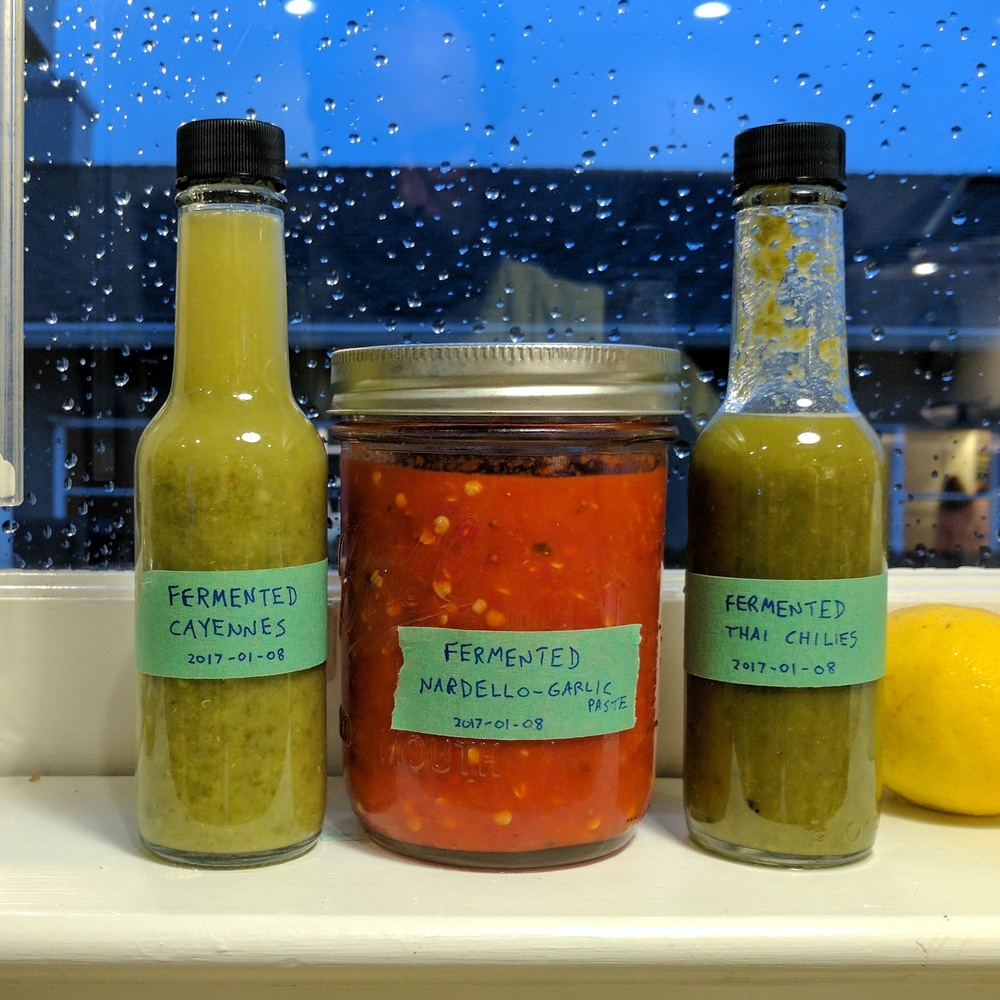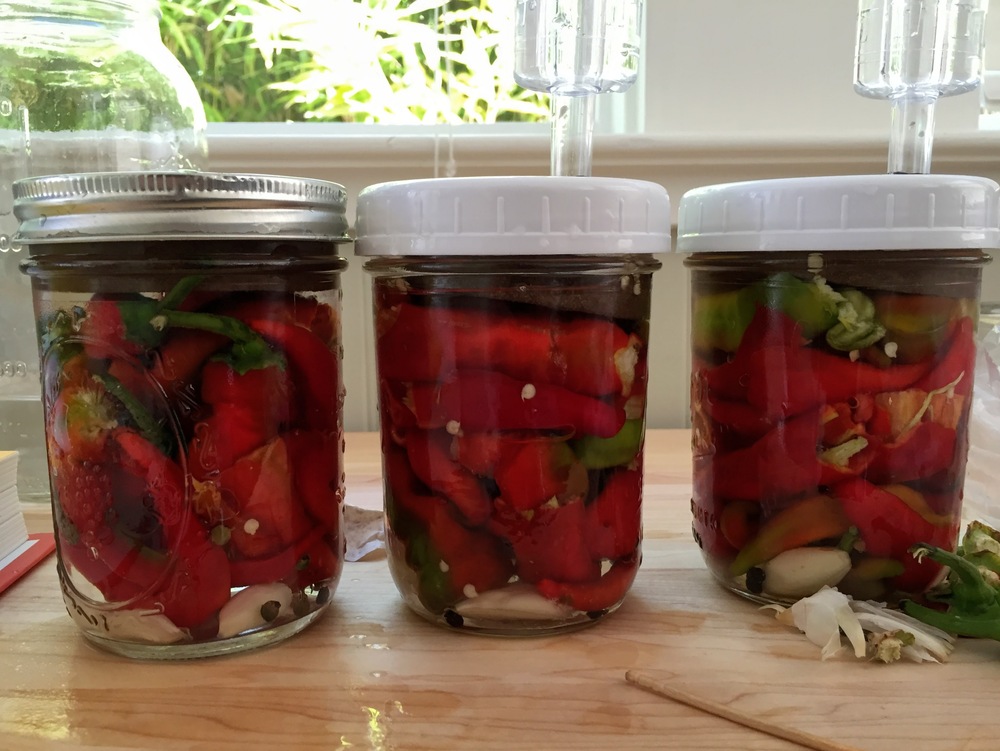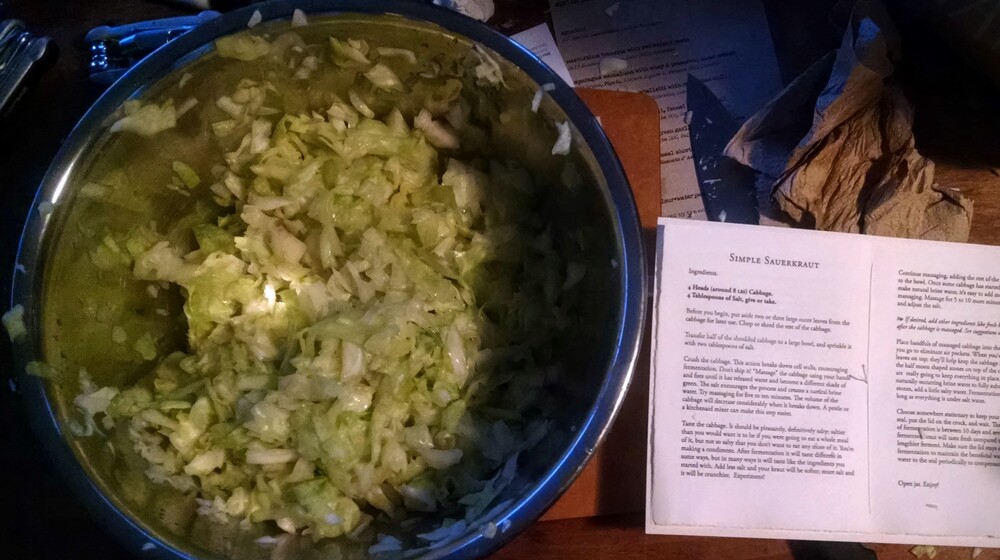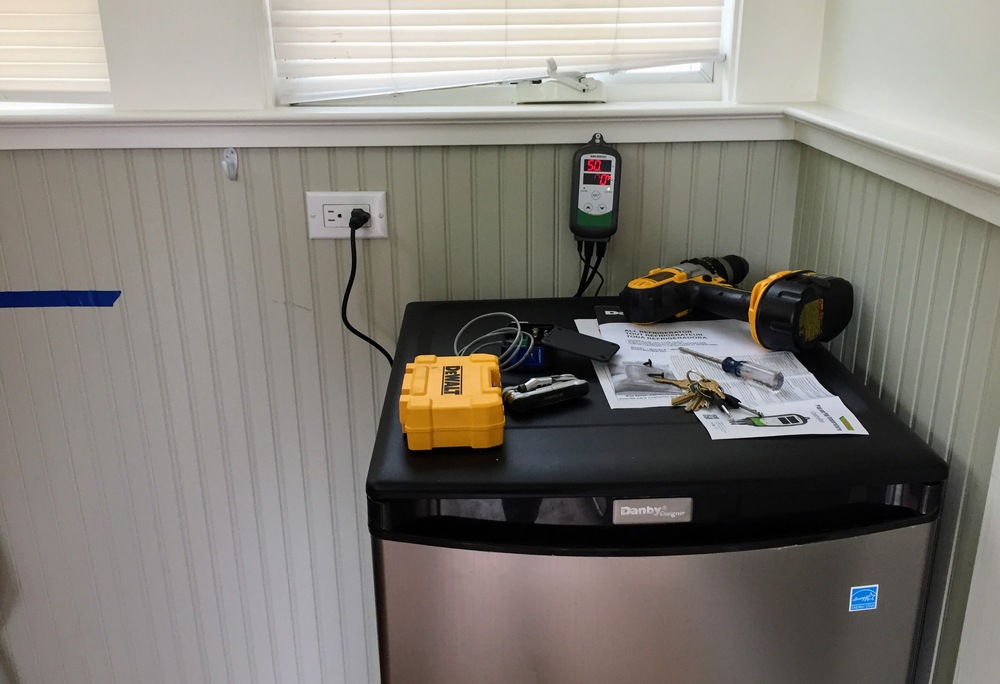
Fermenting Fridge
This barely counts as a project because of how simple it was. I wanted a fridge I could use for homebrewing in hotter months (keep beer at 60-70F, or cider at 50-60F), that I could use to homebrew lagers for the first time (control temperatures in the 35-55F range at different stages of fermentation), to slowly lacto-ferment vegetables (not really necessary, but to do longer, slower multi-week ferments around 60F even when it’s warmer), or even to retard bagels (rest in a cool place overnight to slow yeast growth while allowing lactobacilli a head start). ...
